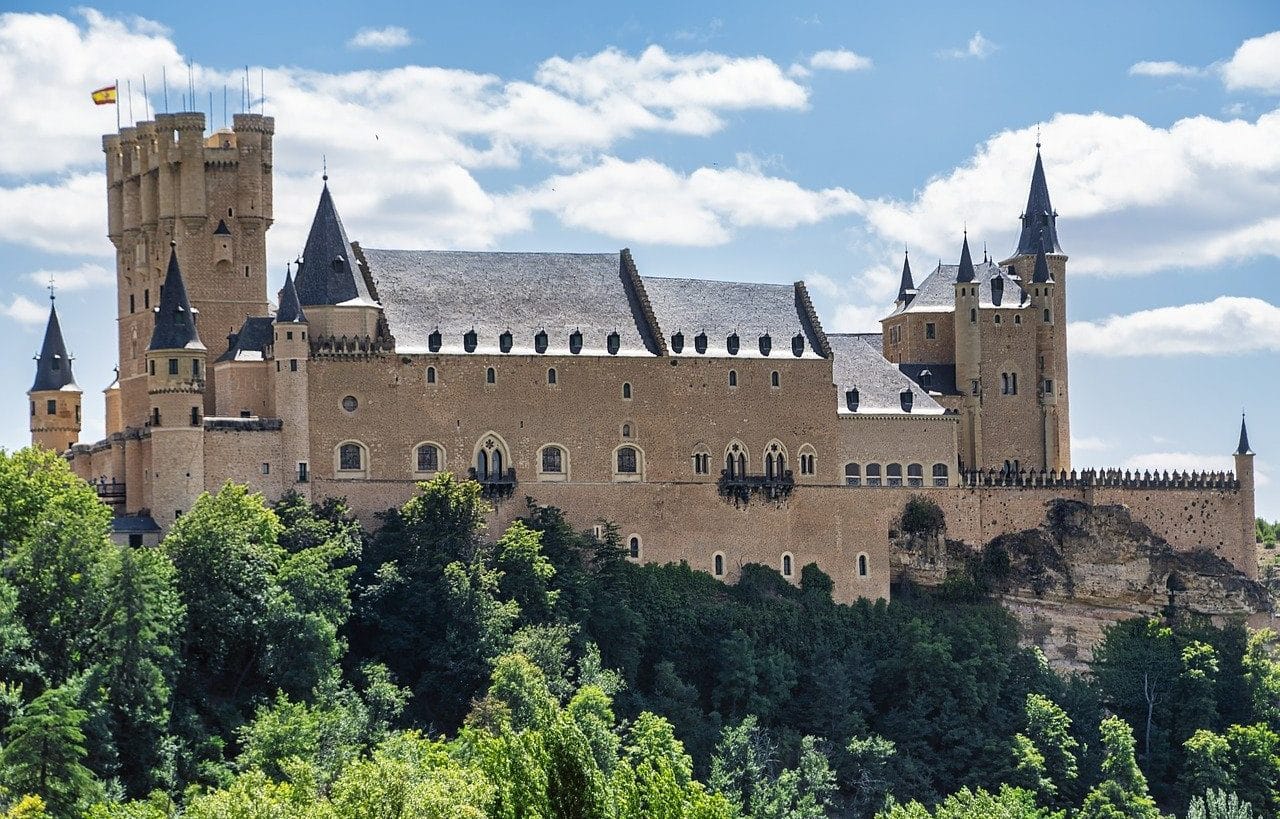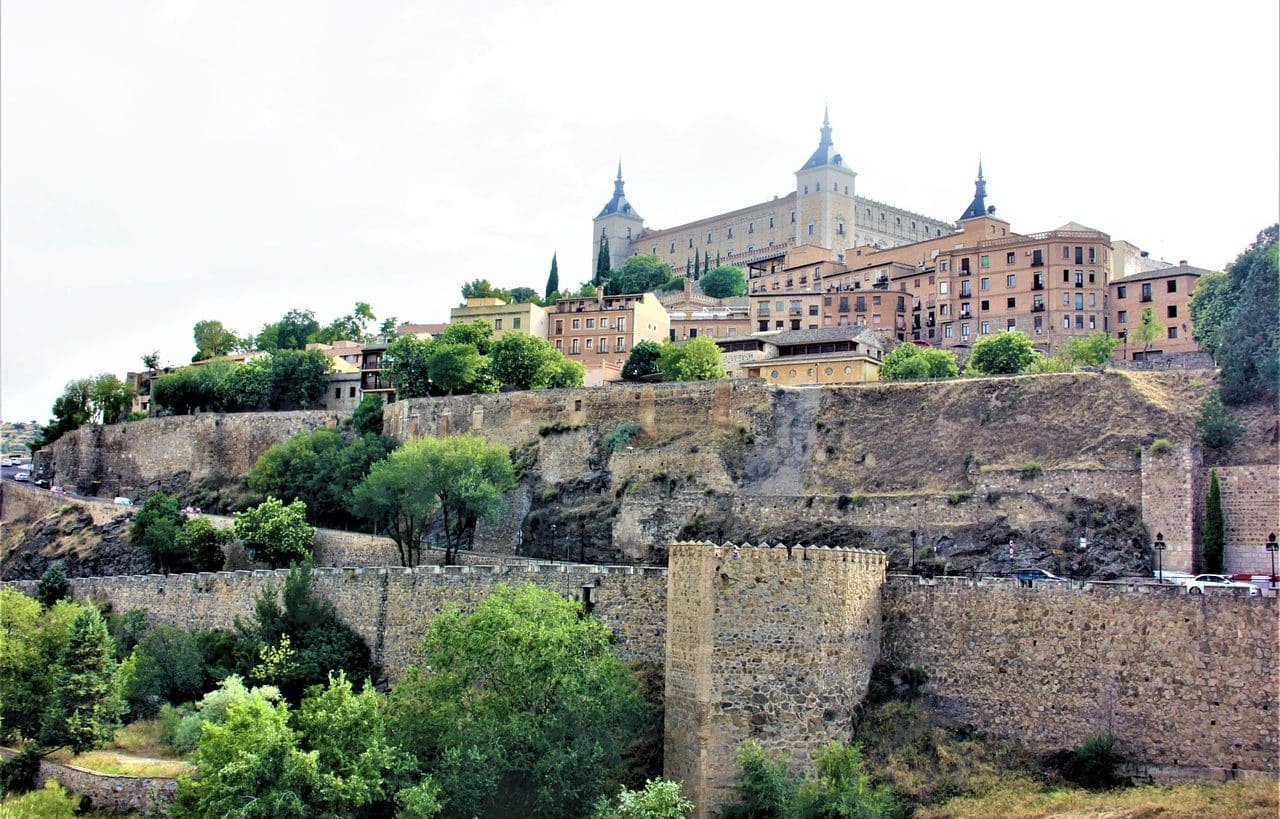
A fortress is a fortified structure.
A fortress is a fortified structure or the home of a prince . The term of our language comes from a word from Hispanic Arabic, in turn derived from classical Arabic and with more distant origins in the Latin castra (which can be translated as "camp" ), as detailed in the dictionary of the Royal Spanish Academy ( RAE). ),
In Spain , it is common to call those palaces from the Muslim era that Christian monarchs were responsible for rebuilding or modifying. At the ends of the fortresses, alcazabas were usually built, spaces that served to house a garrison .
The Royal Alcazars of Seville
The Reales Alcázares of Seville constitute one of the most outstanding examples of fortresses. It is a series of buildings that began to be built in the Early Middle Ages and are protected by a wall .
Its construction began with an Islamic style and then acquired other forms, especially under Castilian rule. Since 1987 , the Reales Alcázares of Seville have been part of the UNESCO World Heritage Site .

The Alcázar of Toledo has a rich history.
Other buildings
The Alcázar of Segovia , built on a hill, was built on the remains of a Roman fortification. Its construction began in the 12th century and it served as a residence for different kings. Today it houses a museum that opens its doors almost every day of the year.
Cordova, Guadalajara y Toledo son otras cities españolas que cuentan con alcázares. En la primera de ellas encontramos el Alcázar of the Christian Kings, cuya construcción tuvo lugar en en la primera mitad del14th century y se llevó a cabo en una zona donde había vestigios de edificios anteriores, dado que desde la época romana había quedado un espacio cerrado con restos de varias construcciones.
Initially, the Alcázar of Córdoba was the site where the Catholic Monarchs directed the conquest of the Kingdom of Granada. Later it was the space in which the Court of the Inquisition operated.
The Alcázar of Guadalajara , for its part, dates back to the 9th century and is of Andalusian origin. This term refers to the territory known as al-Andalus , located in the Iberian Peninsula and the western region of Gaul Narbonensis , a province of the Roman Empire ; It was subject to Muslim power from 711 to 1492 .
Over the decades and centuries, this castle has had different functions, since at first it was a fortification from which it had to protect the city, but it has become a royal palace, a loom factory and even a military barracks. It is located in the Alamín ravine and extends the length and width of one hectare. Upon reaching the city, you can see that this construction separates it from the artisan neighborhood of Acallería .
During the Contemporary Age , a name used to designate the period of history located between the French Revolution or the Declaration of Independence of the United States and the present, the Alcázar of Toledo served for the organization of a military academy.
Colonel José Moscardó Ituarte , from the rebellious side of the Spanish Civil War (that is, from one of the many organizations that fought against the Second Republic through the coup d'état ), took this building and managed to maintain it, even after the Republic militias warned him that if he did not leave the site his son would be murdered.
Alcázares beyond Spain
Beyond the Spanish surface, the Chapultepec Castle in Mexico City stands out.
This building, built during the time of the Viceroyalty of New Spain , was the only Royal Castle located on the American continent. In the times of Maximilian I of Mexico , it functioned as a fortress.
